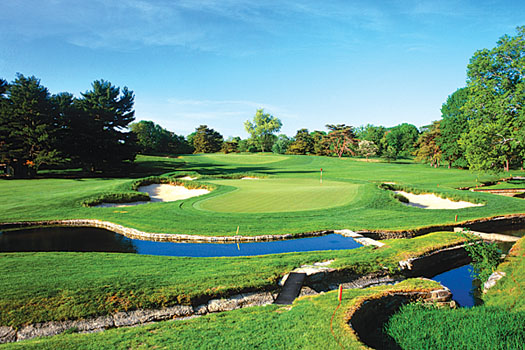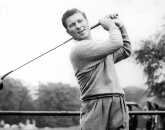
Even the most ardent of Merion Golf Club members thought they would never see the day when their pride and joy, the historic Dick Wilson-designed East Course, would once again grace the world stage by hosting a major championship.
Like many of the grand old layouts created in the early part of the 20th century, an era that has become known as the golden age of golf course architecture, Merion, the pundits said, had been outgrown by "developments" in the game. Modern technology and the increasingly large logistical exercise that today's professional events thrust upon a host venue had rendered Merion, situated on the outskirts of Philadelphia, obsolete; it was just too short and too small to host a fifth US Open. Fortunately, the pundits were wrong.
In the mid-1990s, this historic club took a long, hard look at itself and came to the conclusion that it would take something radical to convince the USGA that it had the wherewithal to test the world's best; it needed to tend to its famed bunkering, restore its wily greens to their former glory and embark on a significant tree removal programme. Remarkably, the club took on these changes "in-house" without the project being led or guided by a full-time course designer. The results were impressive, even to the USGA who duly granted the club the 2005 US Amateur Championship. Of the 312 players that entered, only six broke par and nobody shot better than a 69 in the stroke play portion of the event, which was eventually won by Edoardo Molinari. Merion's membership, who knew full well that the USGA loves nothing more than when a course comes out on top, wore broad smiles: Merion was back.
Pages
Click here to see the published article.











